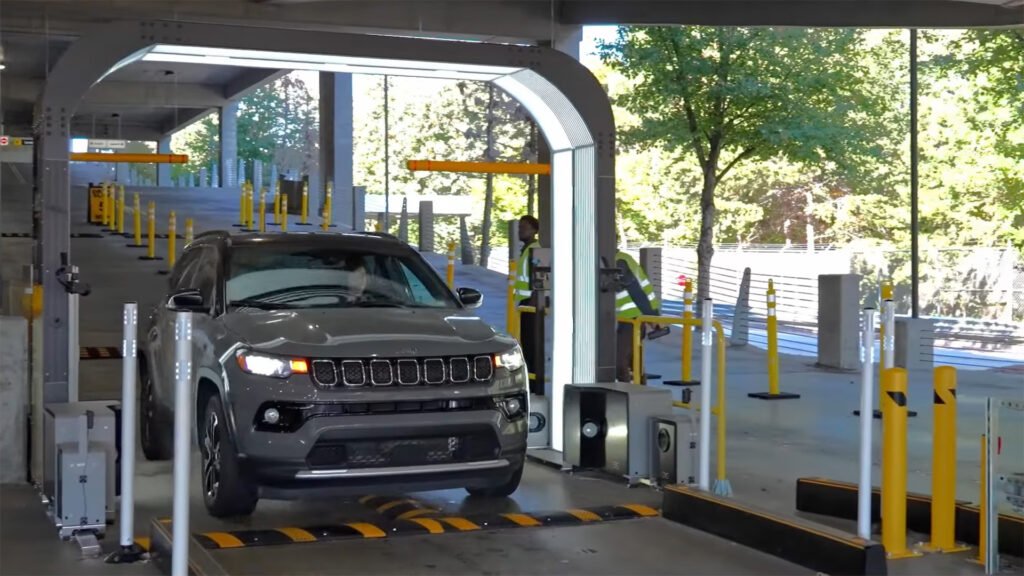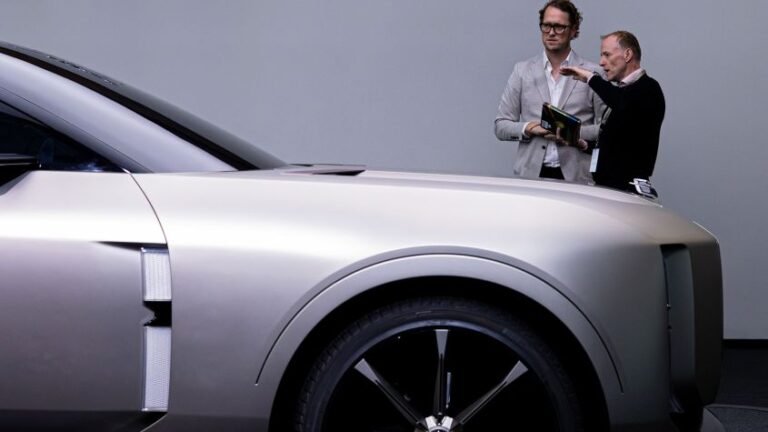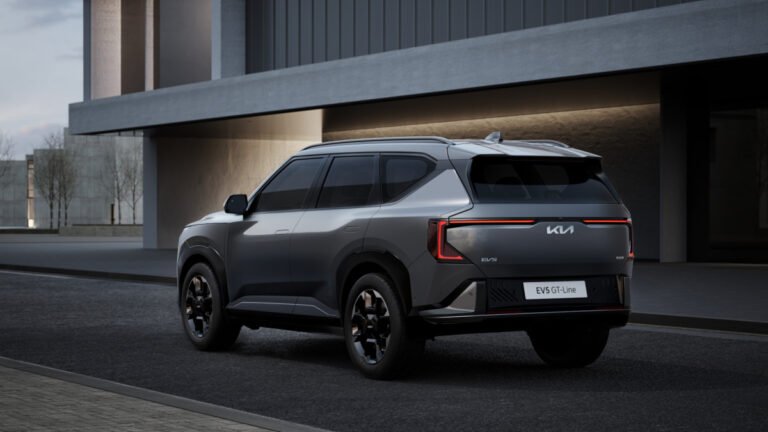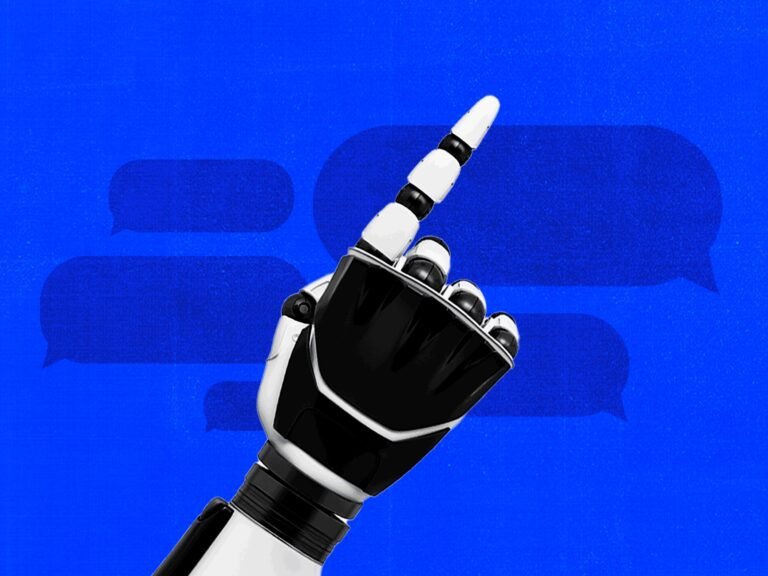

- Hertz’s new AI system is set to detect every ding and charge dearly for it.
- Communicating with the company is hard even for those familiar with AI.
- On its part, Hertz says that the vast majority of its customers have no issue.
It turns out artificial intelligence really doesn’t miss a scratch. When we first covered Hertz’s new AI-powered damage detector, we didn’t expect our headline to age quite so well. The phrase “No scratch or ding escapes” seemed like a clever copy, but it’s turning out to be surprisingly accurate.
More: Hertz’s AI Tech Sent A Surprise Bill For A Dent He Didn’t Even See And He’s Not Alone
Since the rollout of the new system, multiple renters have come forward with stories about being charged for questionable damage. In June, a few reports surfaced. This month, more followed. Now, another customer has shared his story, and once again, it highlights how a few small dings are creating a big disconnect between Hertz and its customers.
Hertz unveiled its AI-powered tech in the Atlanta area earlier this year. It takes a very sophisticated photo of every car when it leaves the lot. Then, when the car returns, it takes a second photo to confirm if there’s any damage. In theory, it’s an objective viewer of the vehicle, but it’s dinging customer wallets for dings most humans would miss.
A Dent, a Fee, and a Frustrated Customer
That’s what Adam Foley, an AI & Automation strategist, says happened to him. Two hours after returning his rental, he received a bill from Hertz for $190 over two ‘damaged areas’. The company generously offered to let him off the hook for $125 if he paid up right away. ” This fee is literally the price of the entire 4-day rental minus $5,” he said in his LinkedIn post about the situation.
The damages we’re talking about aren’t what anyone would call serious. Foley shared one of the two images Hertz sent him and frankly, while there might indeed be a tiny new ding, the area is so small that it’s hard to be certain. So much for a fancy AI-powered camera, it seems. The detail in the photo is truly unremarkable.

Unsurprisingly, Foley reached out to Hertz via its chat feature. Despite being an AI expert, he couldn’t get the AI-powered chat program to transfer him to a real human. “You are only given explanations for why you still owe $190. So Hertz new policy I guess is as long as a car does not appear to be brand new and spotless to AI cameras, the customer is going to pay,” he writes.
At this stage, he’s lost the option to pay the lower $125 fee, and in fact, it’s gone up because he hasn’t agreed to Hertz’s terms. Now, the company wants him to pay $190 for the damage and another $190 for processing and administration fees. As he puts it, he’s willing to let the market take revenge for him.
A Bigger Bill and No Easy Way Out
In theory, this idea could be good. The system, when working properly, can be objective and meticulous. “I want to be clear that I think this use of AI is kind of compelling – use cameras and AI to assess damages and communicate the expectation of payment,” Foley says. “It makes sense.” It takes the human factor out of the equation but there’s a good and a bad side to that and clearly, the results are skewed far toward the less-than-great end of the deal.
Hertz Responds
We reached out to Hertz for comment, and the company responded quickly. Here’s what they told us:
“Over 97% of cars scanned with this technology show no billable damage, proving that the vast majority of rentals are incident-free. Vehicle damage has long been a common pain point across the car rental industry for customers and companies alike.
At Hertz, we’re using this technology to tackle this head-on. Our goal is to enhance the rental experience by ensuring customers are not charged for damage that didn’t occur during their rental, while bringing greater transparency, precision, and speed to the process when new damage is detected. As we continue rolling out this technology, we remain committed to ongoing innovation and continuous improvement. “
It also addressed Foley’s complaints regarding communication with something we didn’t expect. It says that when a customer flags an issue, a real person reviews it and then communicates their determination via the AI agent in the Hertz app. That might explain why Foley couldn’t reach a real person via that method. The company says it’s working to integrate real humans into the system.
Finally, Hertz also directly addressed Foley’s situation:
“The customer’s escalation was manually reviewed, and it was confirmed that the dents were new. While we understand that some customers may hope for a different outcome, we want to ensure every case is handled fairly and objectively, using the best information available. We work hard to maintain the quality of our vehicles for all customers, and as is standard across the industry, renters are responsible for damage that occurs during their rental period.”
Credit: Adam Foley / UVEye





